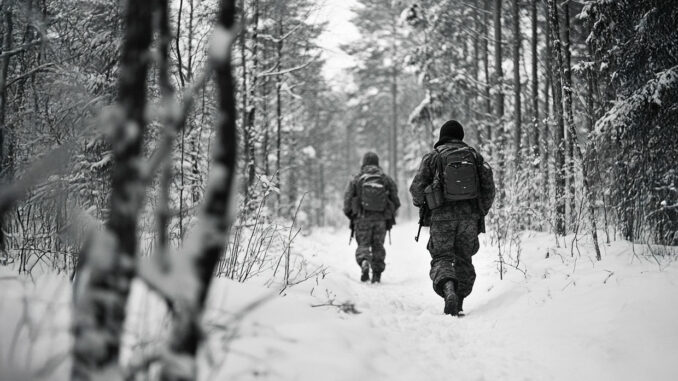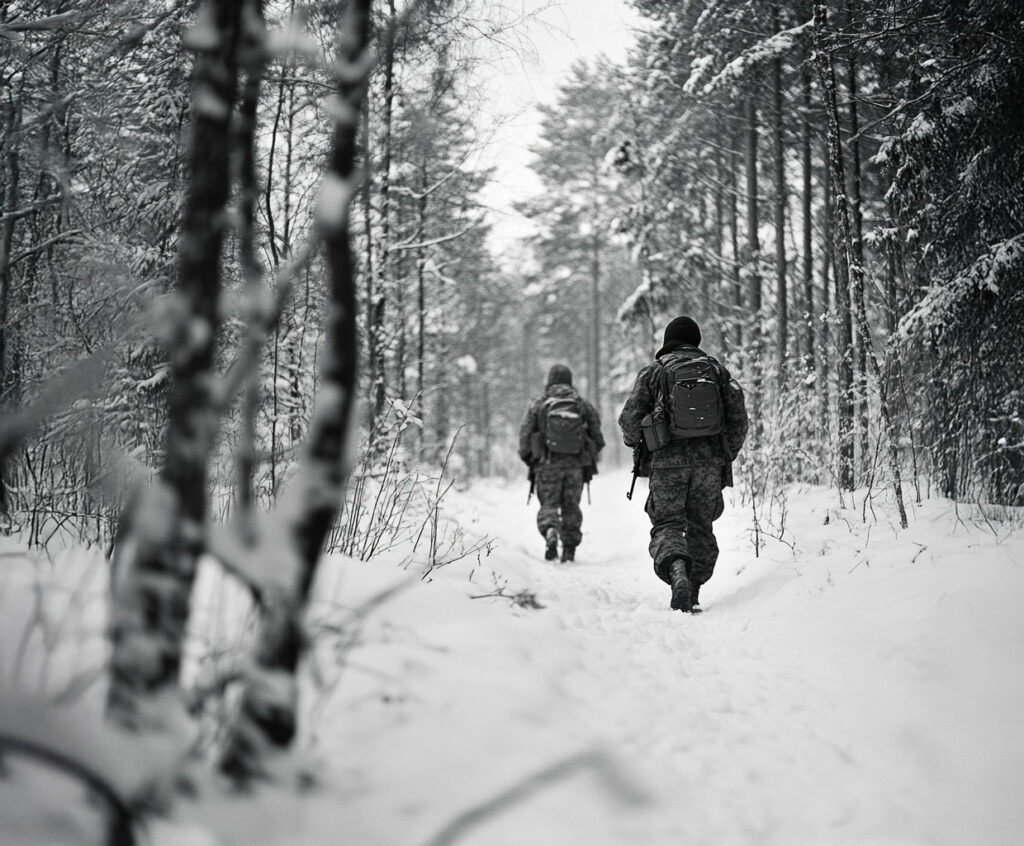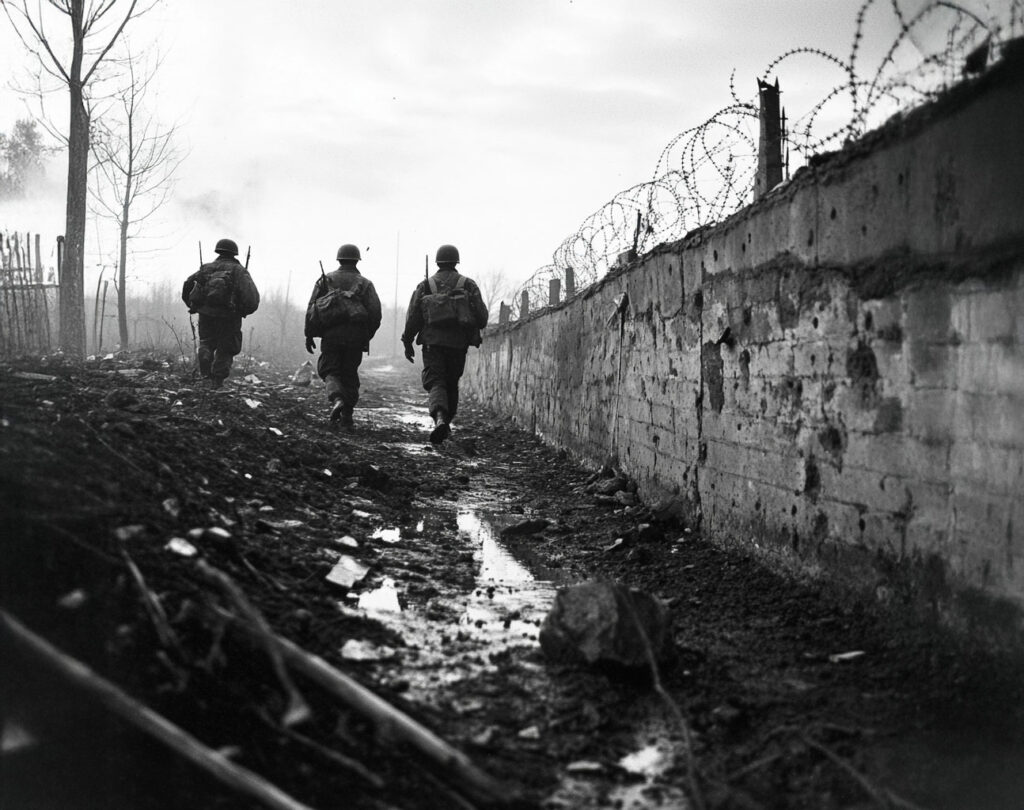
Clausewitz’s theory of the superiority of defense finds concrete application in the Russian-Ukrainian conflict, confirming the strategic advantage of defensive operations.
In “On War” (1832), Carl von Clausewitz asserts that defense is a form of combat intrinsically superior to attack. This idea is based on four key principles: resource supply, psychological influence, public support and fortifications. The Russian-Ukrainian conflict illustrates these concepts, with Ukrainian resistance exploiting these advantages against Russian forces. Analysis of the progression of the conflict highlights the strategic significance of defensive operations and the practical application of Clausewitz’s theory in modern warfare.
Clausewitz and the superiority of defense
Carl von Clausewitz, Prussian officer and military theorist, developed an analytical approach to armed conflict based on his experience of the Napoleonic wars. He saw war as a complex phenomenon in which several factors interact, including politics, economics and the psychology of combatants. In his work De la guerre, published after his death in 1832, he analyzed the dynamics of military confrontations and emphasized the intrinsic superiority of defensive operations.

The strategic advantage of defense
Clausewitz argues that defense is the strongest form of warfare, enabling a state or army to maximize its resources, exploit its terrain and wear down the enemy over time. He argues that the defender can set the pace of conflict, forcing the attacker to devote considerable effort to overcoming every obstacle. This advantage translates into lower resource consumption and better anticipation of the enemy’s movements.
Clausewitz’s central argument rests on four strategic pillars:
- Better resource management: a defender generally has shorter, better-protected supply lines, unlike an attacker who must extend his logistical lines and risk disruptions to the flow of equipment and personnel.
- Increased motivation of combatants : Defending a national territory or a cause mobilizes armed forces and the population more than attacking a foreign territory.
- Popular support: The civilian population of an attacked country is more inclined to support the war effort, provide intelligence and contribute to the war economy.
- The use of natural and artificial fortifications: The terrain offers significant advantages to the defender, who can exploit existing mountains, rivers and infrastructure to slow down or stop the enemy.
Application in the Russian-Ukrainian conflict
These principles are particularly evident in the war in Ukraine, where the Ukrainian resistance has taken advantage of the structural benefits of defense. The Ukrainian army strengthened its logistical lines, optimized its local resources and benefited from massive popular support. The armed forces used urban and natural fortifications to slow the Russian advance, and the use of drones and light anti-tank weapons demonstrated the effectiveness of a dynamic defensive strategy.
By applying the Clausewitzian doctrine, Ukraine has transformed its status as a defender into a strategic asset, forcing Russia to commit considerable resources and get bogged down in a protracted conflict. This reality confirms Clausewitz’s analysis that the attacker exposes himself at a breaking point, where continuing operations becomes more costly than holding a well-established defensive position.
The Russian-Ukrainian conflict: a field of application
Since the annexation of Crimea in 2014 and the full-scale invasion in February 2022, military strategy in Ukraine has perfectly illustrated Clausewitz’s theory. Ukrainian forces have exploited local logistics, troop morale, international support and natural defenses to slow the Russian advance and regain ground.
Russia’s offensive strategy ran into major difficulties, confirming Clausewitz’s concept of the climax of the attack. This point corresponds to the phase when the attacker exhausts his resources and can no longer maintain an effective advance, giving way to a counter-offensive by the defender.
Supply of resources
Clausewitz stresses the importance of logistics in defensive operations. A defender operating on his own territory benefits from direct access to his infrastructure, reserves and lines of communication. An attacker, on the other hand, stretches his logistical lines, complicating resupply and increasing the risk of supply disruption.
Ukraine has optimized this dynamic by adapting its supply chains, increasing local production of weapons and drones, and using civilian support networks to detect and target Russian convoys. Conversely, Russian forces suffered from long logistical lines vulnerable to Ukrainian strikes, making their offensive less effective.
The psychological influence of defensive combat
Clausewitz emphasized the psychological impact of defensive combat. Protecting one’s own territory boosts combatant motivation and mobilizes the population. In Ukraine, resistance intensified under the leadership of Volodymyr Zelensky, who embodied the national determination to repel the invaders.
The feeling of legitimacy also played a major role. While Ukrainian soldiers perceive their fight as a defense of their sovereignty, many Russian soldiers have been faced with lower motivation, due to a lack of clarity about the war’s objectives and forced mobilization.
The role of public support
Popular support is a key factor in a defensive war. Clausewitz emphasized that the civilian population acts as a force multiplier, providing intelligence, resources and influencing international opinion. In Ukraine, the role of civilians in transmitting tactical information has increased the effectiveness of the armed forces.
Internationally, support for Ukraine has generated massive military and economic aid. Sanctions imposed on Russia have reduced its military production capacity and limited its access to certain critical technologies.

The importance of fortifications
Fortifications play a key role in defensive warfare. Clausewitz emphasized the tactical advantage conferred by natural and artificial obstacles, which slow down the enemy and strengthen resistance. In Ukraine, the strategic destruction of bridges and the reuse of difficult terrain complicated the Russian advance.
Faced with these barriers, Russian forces had to adapt their strategies, sometimes getting bogged down in heavily defended areas. Conversely, the construction of trenches and barriers in occupied territory enabled Russian forces to contain certain Ukrainian counter-offensives.
Analysis of the Russian-Ukrainian conflict confirms the relevance of Clausewitz’s principles of defense. Resource supply, psychological influence, public support and fortifications enabled Ukraine to contain and counter Russian offensives. Modern warfare, marked by the use of advanced technologies and hybrid strategies, does not alter the fundamental principles of classical military theory. Defense remains an effective strategy for turning the tide of asymmetric conflict and prolonging resistance in the face of a technologically superior adversary.
War Wings Daily is an independant magazine.